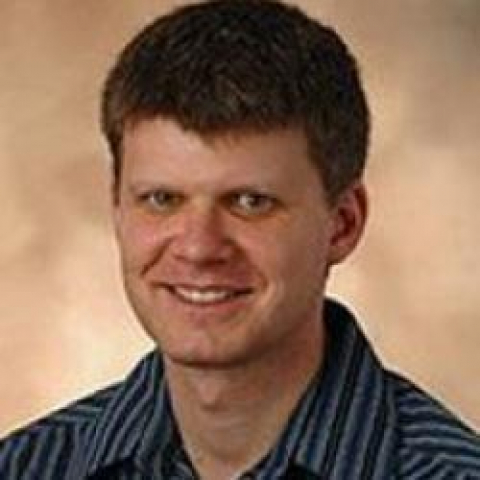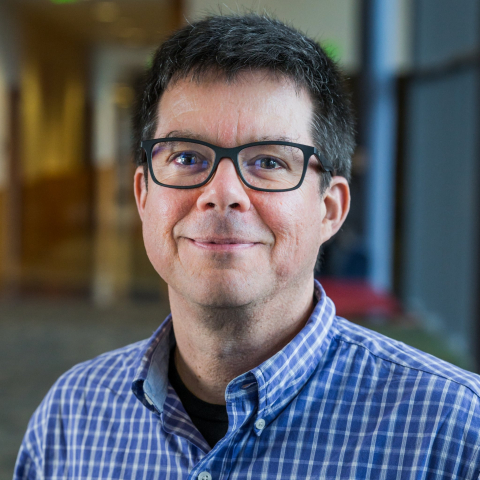3 People Results for the Tag: Ligand
Carsten Krebs
Professor of Chemistry, Professor of Biochemistry and Molecular Biology
Bioinorganic Chemistry - spectroscopic and kinetic studies on the mechanisms of iron-containing enzymes
Robert Paulson
Professor of Veterinary and Biomedical Sciences
The Paulson lab studies the mechanisms that regulate tissue regeneration with a focus on understanding the response to anemic and hypoxic stress
Jeffrey Peters
Distinguished Professor of Molecular Toxicology and Carcinogenesis
Roles of peroxisome proliferator-activated receptors (PPARs) in the regulation of homeostasis, toxicology, and carcinogenesis.


